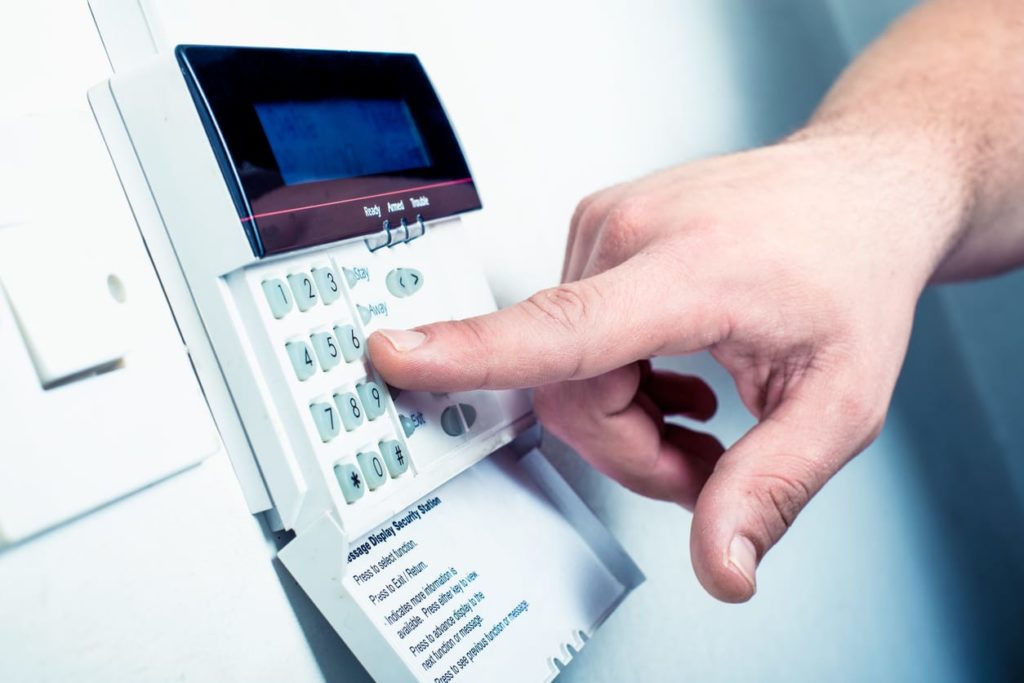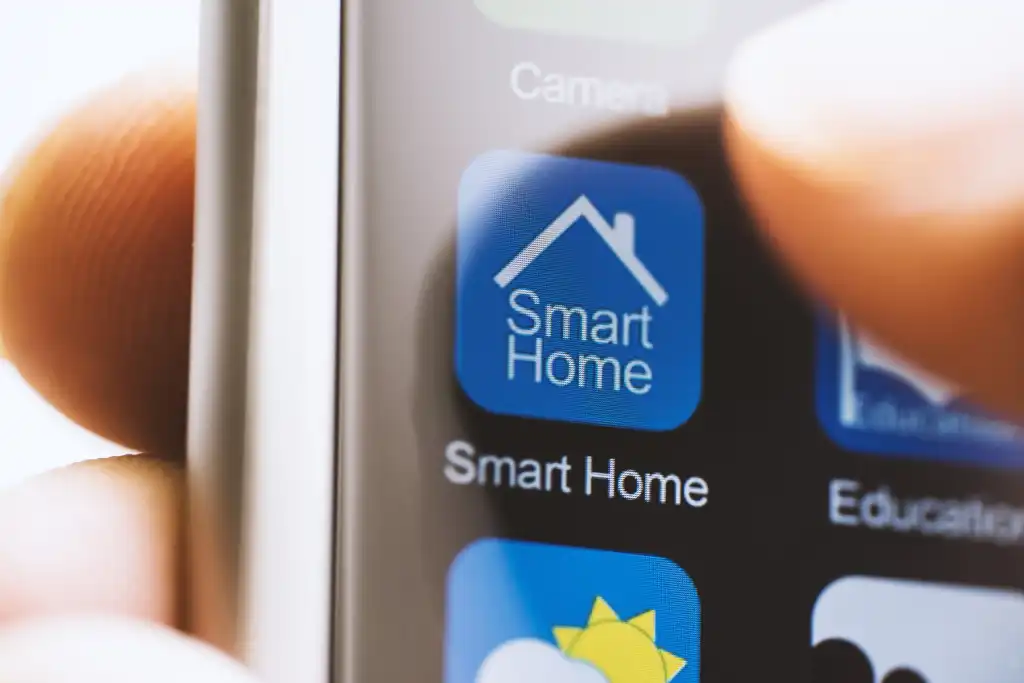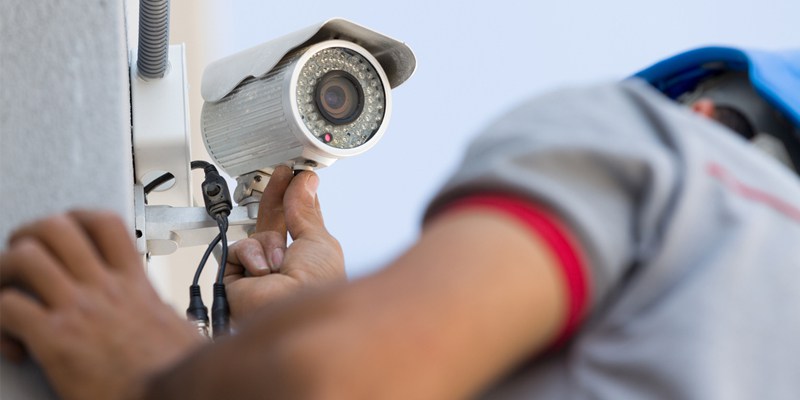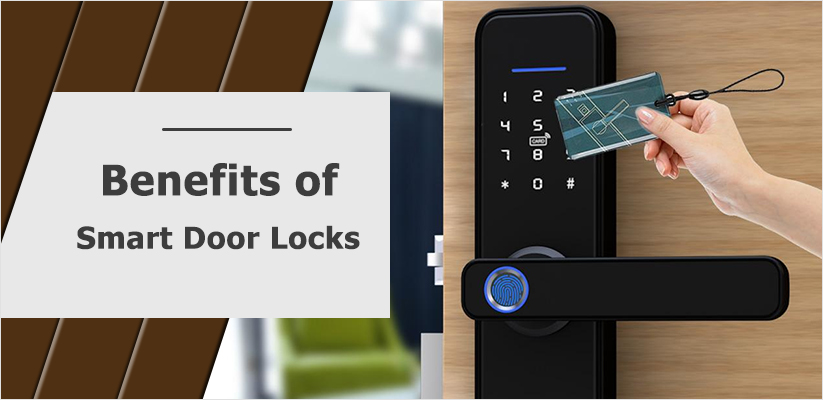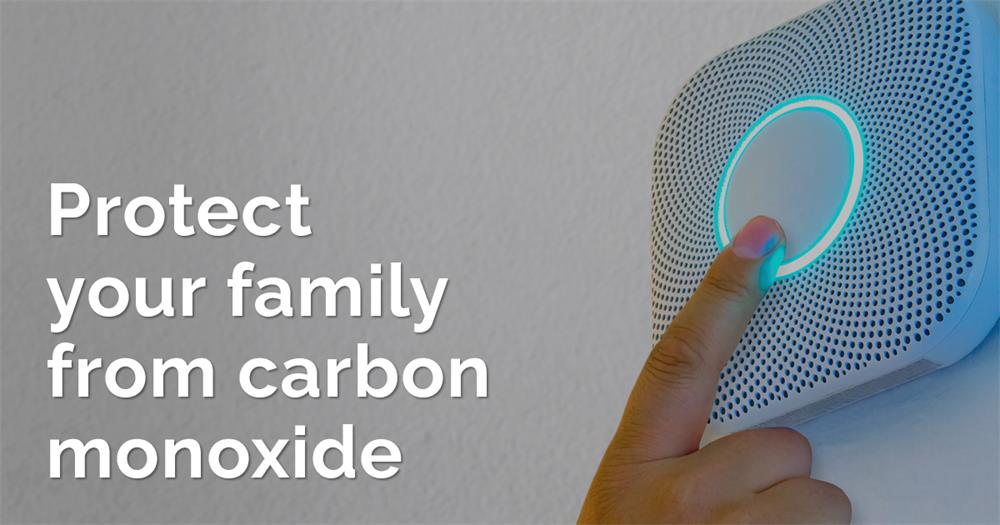Contents
- 1 The Importance of Testing Security Systems
- 2 Overview of the Guide
- 3 Basic Security System Testing
- 3.1 Checking Sensors and Alarms: The First Line of Defense for Your Home
- 3.2 Testing Entry Points and Exits: Checking for Security Holes
- 3.3 Verifying Communication with Monitoring Service: Making Sure Your Security System Can Reach Out During Emergencies
- 3.4 The Importance of Regular Basic Security System Testing
- 3.5 Your Security System Is Only As Good As Your Basic Testing
- 4 Advanced Security System Testing
- 5 Niche Subtopics
- 6 Conclusion
The Importance of Testing Security Systems
When it comes to home security, testing your security system should be a top priority. Testing ensures that your system is functioning correctly and that you are properly protected against potential threats. It also gives you peace of mind knowing that your system is working as intended.
In addition, testing can help identify any vulnerabilities or weaknesses in your system that could be exploited by intruders. By taking the time to test and evaluate your security system, you can identify areas for improvement and make adjustments as needed to ensure maximum protection.
Testing can also be beneficial for insurance purposes. Some insurance companies require regular testing of home security systems to ensure that they are functioning correctly, and failing to do so could result in a denial of coverage in the event of a break-in.
Overview of the Guide
This guide will provide a comprehensive overview on how to test your security system effectively. We will cover both basic and advanced testing techniques so you can feel confident that your home or business is fully protected.
We will start with basic security system testing which includes checking sensors and alarms, testing entry points, exits and verifying communication with monitoring service. Next, we’ll delve into advanced security system testing which includes conducting simulated break-ins or intrusions, evaluating the effectiveness of security cameras and measuring response times from emergency services.
We will also cover niche subtopics like how to test smart home security systems by ensuring compatibility with other devices and checking for vulnerabilities in Wi-Fi networks. Additionally, we’ll discuss how to test business security systems including conducting employee training on proper use of systems and assessing access control measures.
We’ll provide some rarely-known small details about maintenance practices such as checking battery life on sensors and alarms updates current software updates are current. With this guide at hand, you can effectively test your security system and ensure that you are properly protected.
Ready to get started? Let’s dive in!
Basic Security System Testing
Checking Sensors and Alarms: The First Line of Defense for Your Home
When it comes to testing your security system, the first thing you should do is check your sensors and alarms. These are the components that work together to detect any suspicious activity in and around your home.
To test these, simply walk around your home and trigger each sensor one at a time. This could mean opening and closing doors or windows, waving your arm in front of motion detectors, or breaking glass near glass-break detectors.
As you test each sensor, make sure that it triggers the alarm system appropriately. If a sensor fails to trigger the alarm or if the alarm goes off without any sensors triggering it, then you know there is an issue that needs to be addressed.
Testing Entry Points and Exits: Checking for Security Holes
Testing entry points and exits is another important step in testing your security system. Entry points refer to all doors, windows, skylights; all possible ways someone could enter your house without authorization.
You should check whether they’re properly locked up or not — trying to open them yourself will tell you whether they are appropriately secured. Exit points refer specifically to how people get out of a building (including emergency exits).
Check if they are working properly by trying them out yourself (but make sure not to actually leave unless in an emergency situation.) After checking all entry points and exits look around inside your house for additional areas where someone might be able to sneak in undetected like basements or crawl spaces.
Verifying Communication with Monitoring Service: Making Sure Your Security System Can Reach Out During Emergencies
Your security system should have some type of monitoring service that can alert authorities when there is trouble. It is essential that this communication link between monitoring service works correctly so that you can feel secure when you are not home. To verify communication with the monitoring service, try to set off your alarm system and then wait for a response.
This might mean calling the monitoring service yourself to see if they receive an alert, or simply waiting for an actual emergency to occur and seeing how quickly help arrives. If there is any delay in the response from your monitoring service, or if they don’t receive an alert at all, then it’s time to call your security company to discuss potential issues with their equipment or connection.
The Importance of Regular Basic Security System Testing
It’s important to keep in mind that basic security system testing should be done regularly. The sensors and alarms can wear out over time and sometimes become ineffective due to technical glitches.
It’s better to test these basic functionalities early on instead of finding out the hard way that something doesn’t work when it’s too late. In addition, regular testing helps ensure that any new security vulnerabilities are detected early on before someone takes advantage of them.
Your Security System Is Only As Good As Your Basic Testing
Keep in mind that even if you have a top-of-the-line security system installed, it won’t do much good if you don’t perform regular basic testing. A security system is only as good as its weakest link – so make sure all entry points are secured properly by checking them regularly along with other parts of your home like sensors and windows. By doing this type of routine maintenance on both the hardware and software components of your security system will give you peace of mind whether you’re home or away knowing that your family and property will stay safe from harm.
Advanced Security System Testing
Conducting Simulated Break-Ins or Intrusions: Are You Prepared for the Worst?
You can never know how effective your security system is until you test it under realistic conditions. That’s why conducting simulated break-ins or intrusions is an essential part of security system testing. You need to simulate a real-life scenario where someone attempts to break into your home or business premises.
Start by identifying all potential entry points and exits in your building. Then, try to replicate how an intruder would gain access through one of these points.
For example, if you have a door that could be pried open, try to do so yourself without damaging the door. Once you’ve gained entry into the building, see how long it takes for the alarm system to go off and alert the monitoring service.
Also, test whether any cameras are triggered and if they provide useful footage of the intruder. By simulating a break-in attempt, you’ll be able to identify any weaknesses in your security measures and take steps to rectify them before a real incident occurs.
Testing Response Time of Emergency Services: Will They Come When You Need Them?
One of the critical factors in evaluating the effectiveness of your security system is testing how quickly emergency services respond when an alarm goes off. Ideally, response times should be within minutes to prevent any significant losses.
To test response times, contact your local emergency services provider and inform them that you’ll be testing your security system soon. This will prepare them for any calls related to alarms from your premises.
Next, trigger an alarm on purpose and make note of how long it takes for emergency services personnel to arrive at your location after being notified by monitoring service personnel. If there are delays in response time, consider upgrading or switching monitoring services providers since every second counts in situations like these.
Evaluating the Effectiveness of Security Cameras: Capturing the Right Culprits
Security cameras are a vital component of any security system. They help to deter potential intruders and provide valuable evidence if a break-in or intrusion occurs.
To evaluate the effectiveness of your security cameras, start by reviewing footage from different angles and locations. Try to identify any blind spots that may need additional cameras or adjustment in placement.
Also, check whether the footage captured is clear enough to identify individuals’ faces and movements. This will help you determine whether you need higher resolution cameras or better lighting in certain areas.
Evaluate how easy it is to access footage from your security cameras. Can you retrieve video data remotely?
Is there any lag in accessing or streaming data? These factors will affect how useful your security camera system is when it comes time to review footage after an incident.
Conclusion
Advanced security system testing requires more effort than basic testing but provides invaluable insights into how effective your measures are at protecting yourself and your property. Simulating break-ins/intrusions, testing response times of emergency services, and evaluating the effectiveness of security cameras are three critical tests that can prevent loss/damage by identifying vulnerabilities in current systems.
Now that you’ve learned about these advanced tests, consider implementing them as part of regular maintenance schedules for your home/business’s security system. Remember – regular testing leads to better protection!
Niche Subtopics
Testing Smart Home Security Systems
With the rise of technology, more and more people are turning to smart home security systems. These types of systems allow homeowners to monitor and control their security from their smartphones or other devices. However, with this convenience comes the need for proper testing.
Ensuring Compatibility with Other Devices
One important aspect to check when testing a smart home security system is compatibility with other devices. Make sure that all of your devices, such as cameras and sensors, are compatible with your chosen system. Check that they work correctly when connected to the system and that they can be controlled from your smartphone or other device.
Checking for Vulnerabilities in Wi-Fi Networks
Another important factor to consider is the vulnerability of your Wi-Fi network. Hackers can easily gain access to unprotected networks, which could compromise the security of your home. To ensure that your network is secure, test your system by attempting unauthorized access through various methods such as hacking attempts or social engineering attacks.
Testing Business Security Systems
Business security systems often have more complex components than residential systems. They may include employee access control measures or advanced surveillance systems such as facial recognition software and heat mapping technology. Comprehensive testing is essential in ensuring that these measures are functioning correctly.
Conducting Employee Training on Proper Use of System
One critical aspect of testing business security systems is conducting training on proper use of the system for employees who will interact with it daily. Employees should know how to properly arm and disarm the system, understand what different alarms mean, and know what steps they should take in case of an emergency.
Assessing Access Control Measures
Another important component to consider when testing business security systems is access control measures. These measures ensure that only authorized personnel can enter certain areas of the building or have access to sensitive information. Test these measures by attempting unauthorized access or social engineering attempts to see how effective they are.
Rarely Known Small Details to Consider
Often, small details can have a big impact on the overall effectiveness of your security system. Neglecting these details could leave gaps in your security that could be exploited by intruders.
Checking Battery Life on Sensors and Alarms
One easily overlooked aspect of testing your security system is checking the battery life of sensors and alarms. Dead batteries in an alarm or sensor could render it useless, leaving you vulnerable to intrusions without even realizing it.
Verifying Software Updates are Current
Another important detail to check is if your software updates are current. Manufacturers often release updates that address known vulnerabilities and improve overall functionality.
Failure to keep these updates current could leave you open to attacks that have already been addressed in newer versions. Comprehensive testing for your security system is vital for ensuring its effectiveness.
Niche subtopics such as smart home security systems, business security systems, and small details should not be ignored when conducting tests on your system. With proper attention given to each aspect of testing, you can rest assured knowing that your home or business is adequately protected against potential threats.
Conclusion
Reinforcing the Importance of Regular Testing
In today’s fast-paced world, security threats are becoming increasingly sophisticated. The most reliable security systems can only guarantee your safety if they’re tested regularly. Failing to test your security system is as good as not having one at all.
As you have seen in this guide, regular testing is essential to identify any potential weaknesses and ensure that all components are working as they should. It’s always better to be proactive rather than reactive when it comes to security.
Encouraging Readers to Seek Professional Assistance if Needed
While testing your security system yourself can be useful, some tests might require specialized knowledge or equipment. In such cases, seeking professional assistance is a must.
You don’t want to end up damaging your system or creating false alarms that could put you in danger or waste police resources. For instance, if you’re not sure how to conduct simulated break-ins or need help assessing access control measures for business purposes, reach out to a security consultant who can guide you through the process.
The Peace of Mind That Comes With Regular Testing
We know that testing your security system regularly might seem like an extra task on top of an already long list of things to do. However, the peace of mind it brings is worth every effort.
Knowing that your family and property are safe and secure will allow you to enjoy life without worry or stress. Moreover, most insurance companies offer discounts for homes and businesses with up-to-date security systems which have been tested regularly.
Final Thoughts
Testing your security system is not something that should be taken lightly; it’s necessary for maintaining a secure environment for yourself and those around you. By following the guidelines outlined in this comprehensive guide, we hope that you have gained insight into how best to test your security system. Remember, regular testing is crucial for identifying weak points in your security system that can be exploited by intruders.
And finally, always seek professional assistance if you’re unsure of how to perform any of the tests or feel uncomfortable doing them yourself. Stay safe!

